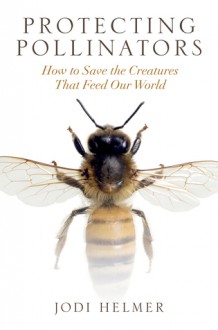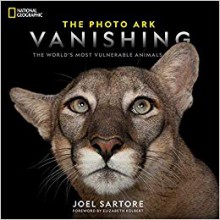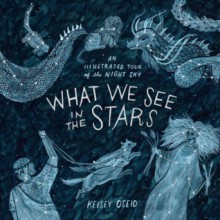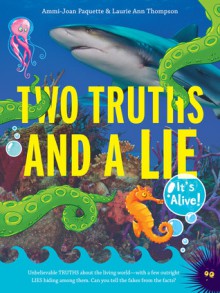
Pollinator numbers in the wild have been decreasing. With most of our food sources relying on one pollinator or another, this is a problem that we all have to be aware of and begin solving. Protecting Pollinators: How to Save the Creatures that Feed Our World presents the information on our declining pollinator species including insects, birds and bats. Told through stories and specific studies, the information is presented in a way that is interesting and easy to understand. Each study highlighted focuses on a different species and cause for their decrease. Focused mainly on native pollinators in the Western Hemisphere and the invasive species that pose a threat to them from the Eastern Hemisphere, this book will mainly appeal to people in North America. In addition to learning more about the ecology of our many native pollinators, I enjoyed learning about the people who are fighting for them, the studies they are carrying out and what I can do to help these animals myself. Inspiring, enlightening and easy to follow, Protecting Pollinators presents what is happening to our pollinators, why it is happening and how we have to help them now.

 Log in with Facebook
Log in with Facebook 










